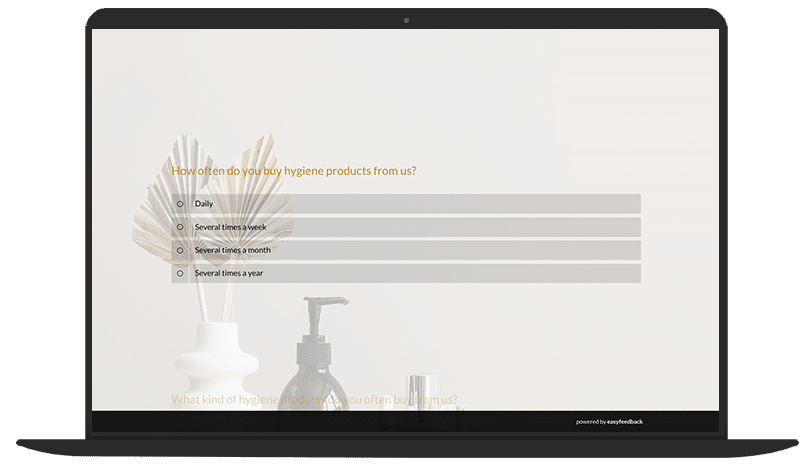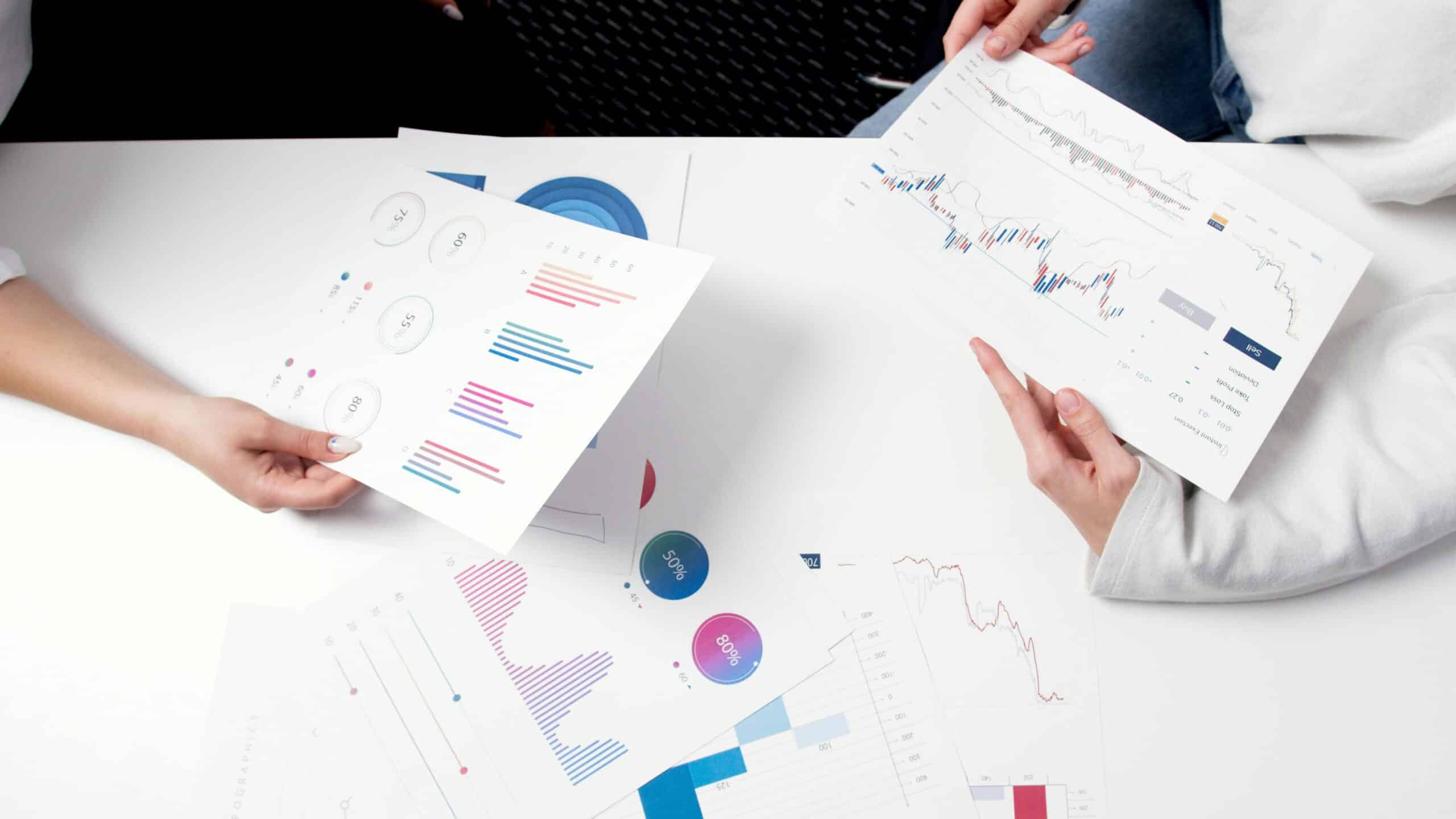Traditional advertising effectiveness measurement
Traditionally, advertising effectiveness measurement has been based on quantitative methods such as reach analyses, audience ratings and click figures.
Companies use KPIs such as return on investment (ROI), conversion rates and customer lifetime value to evaluate the economic success of advertising campaigns.
These key figures provide hard facts and make it possible to optimize budgets in a targeted manner.
But figures alone do not tell the whole story.
Advertising influences people not only rationally, but also emotionally.
This is where qualitative methods come into play, such as focus groups, surveys or the analysis of social media sentiment.
The combination of quantitative and qualitative data offers a deeper insight into the actual advertising impact potential.
Surveys as the key to measuring advertising effectiveness
Surveys are one of the most effective methods for evaluating advertising effectiveness.
They enable companies to obtain direct feedback from their target group.
Specific questions can be used to gather opinions on brand perception, advertising recall and emotional reactions to advertising.
There are different types of surveys that help to measure the impact of advertising:
- Pre- and post-campaign surveys: these help to identify changes in the perception of a brand or product.
- Recall and perception surveys: These measure whether and how well people remember an advertisement.
- Customer satisfaction surveys: These provide insights into whether an advertisement conveys the desired brand image and fulfills consumer expectations.
In combination with other measurement methods, surveys offer valuable insights into the impact of a campaign and help companies to adapt their advertising strategies in a targeted manner.
Emotions as a measuring factor
People don’t just buy products – they buy emotions.
Advertising that triggers strong emotions is remembered for longer and has a lasting influence on purchasing behavior.
Neuroscientific methods such as eye tracking, EEG measurements or skin conductance analyses record the unconscious reaction to advertising.
This makes it possible to determine which elements of a campaign really have an impact and which fizzle out unnoticed.
Artificial intelligence is also revolutionizing the measurement of advertising impact.
Sentiment analyses using algorithms can evaluate millions of online comments and recognize whether a campaign is perceived positively, neutrally or negatively.
This not only allows consumer behavior to be analyzed, but also enables an early response to trends and potential crises.

The future of measuring advertising effectiveness
The digital transformation is opening up completely new possibilities.
Predictive analytics, i.e. forward-looking data analysis, can predict future advertising impact before a campaign is even launched.
Virtual reality (VR) and augmented reality (AR) enable realistic advertising tests in virtual shopping worlds.
But despite all the technological innovations, one central question remains:
How does advertising really manage to reach people?
The future of measuring advertising effectiveness lies not only in algorithms, but also in the ability to better understand human needs and desires.
Conclusion
Measuring advertising effectiveness is a symbiosis of data analysis and psychology.
While figures provide important indicators, emotions ultimately determine the success of a campaign.
Surveys play an essential role here, as they provide direct insights into the perception and impact of advertising.
Companies that combine both survey results and technological analyses have the best chance of making advertising not only visible but also tangible.
The future belongs to those who not only measure advertising impact, but also understand it – because this is the only way to turn advertising into a real experience.
More about market research
- Brand Research: A key to successful brand development
- Price Research: An indispensable tool for a successful pricing strategy
- Sociodemographics: Insight into the social structure
- Product Research: The key to successful innovations
- Image research: The path to a strong brand image
- Consumer Insights: The keys to customer orientation




